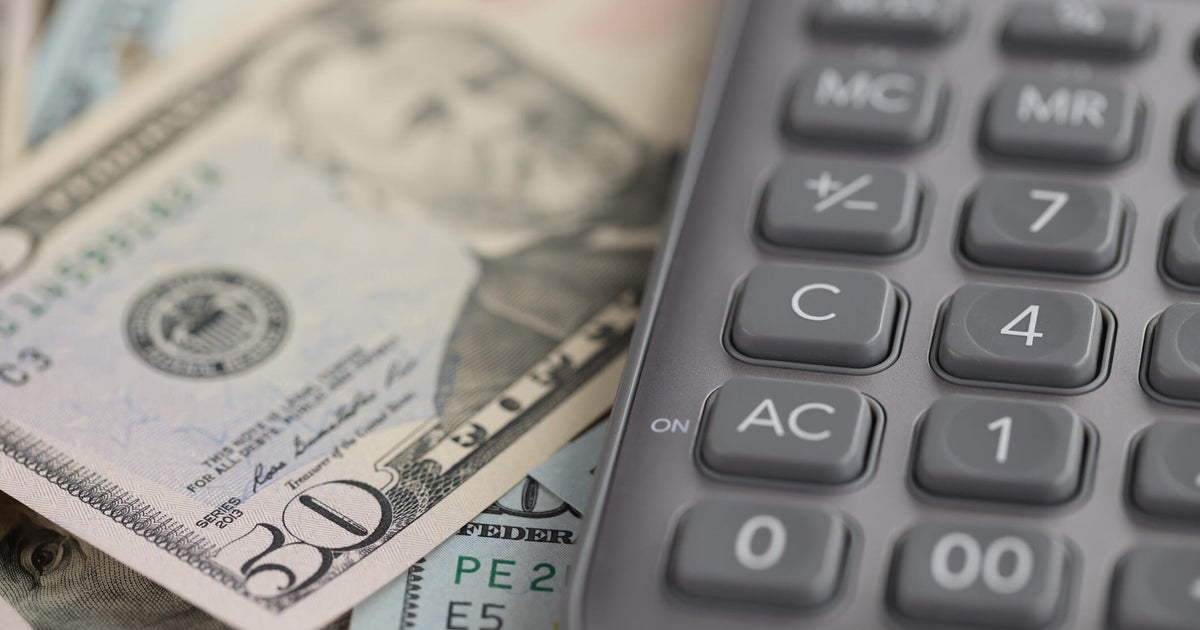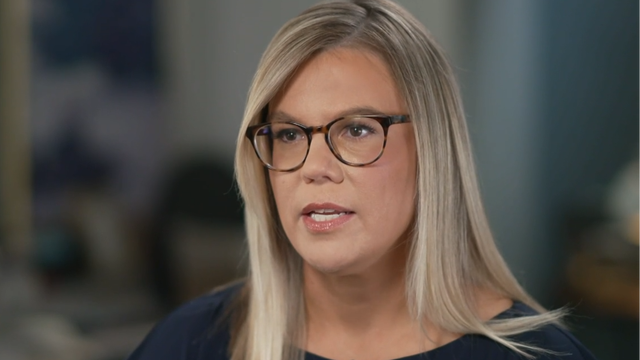

No response returned

There's no question that credit card debt has become a major issue over the last few years, with the total amount of credit card debt nationwide now sitting at . That equates to the typical cardholder at a time when the average credit card rate . But for many households, these figures aren't just statistics. They represent a growing financial burden, one that's making it harder to stay current on their monthly card payments.
As a result, many of the people who are struggling to pay down their card debt are now opting to explore . While there are numerous debt relief strategies to consider, debt settlement, , can offer significant relief by allowing you to negotiate with creditors to try and . That approach can work well for some, especially when balances are high and repayment options are limited.
There's a catch, though. At a certain point, your debt may actually be too large for settlement to be effective. So, how do you know when you've crossed that threshold? Below, we'll detail what to consider before going all in.
.
on the amount of credit card debt that can be settled. In theory, you can try to settle $5,000 or $150,000 in credit card debt. But in practice, once you hit a certain threshold — usually around $100,000 — the risks and limitations of debt settlement become more pronounced.
Why does this happen? There are a few key reasons:
If you owe one creditor $30,000 or more, they may be less willing to settle, especially if they believe they can recover the full amount . The bigger the balance, the more motivated they may be to go after you through legal means rather than negotiation.
.
Debt settlement typically involves stopping payments while you save up enough money to fund lump-sum settlement offers. But the more debt you have, the more money you'll need to save — and fast. If you're settling $100,000 worth of credit card debt, for example, you may need to come up with $50,000 to $70,000 in a matter of months or a few short years. For many people, that's just not a realistic goal.
With a high amount of card debt, it makes sense to work with a debt relief company on your settlements. After all, and creditor relationships may come in handy when trying to settle big balances. However, most debt relief companies charge fees of in return for the work they do. So, if you're trying to settle $120,000 in credit card debt, you could be looking at $18,000 to $30,000 in debt relief fees alone. That doesn't include taxes you may owe on forgiven debt.
Settling a small amount of debt — let's say $15,000 — . But if you're trying to settle $100,000 or more, you're probably looking at a program that lasts five years or longer. That's five years of missed payments, credit damage and potential collection lawsuits.
So what's the ideal range? Debt settlement tends to work best for people with between $7,500 and $75,000 in unsecured debt who have already and don't have the income or credit to qualify for debt consolidation loans. Once your debt exceeds $100,000, settlement can still be done, but it may not be the most efficient or cost-effective option.
Debt settlement can be useful, but it's not the only option, and may not be the best first step. Here are some alternatives worth considering:
Debt settlement can be a powerful tool, and if you're carrying $10,000 to $75,000 in credit card debt and are already behind on payments, it might be worth exploring. But if your balances are soaring past the $100,000 mark, the math starts to work against you.
At a certain point, trying to settle huge balances can leave you facing high fees and potential lawsuits, all with no guarantee of success. In those cases, other types of debt relief may offer faster, cheaper, and more permanent solutions. The key is understanding what's available to you and choosing the solution that fits your financial reality — not just the one that sounds best in theory.





